SOUTH AMERICA. Most people associate the origin of distance running with the Ancient Greeks, from whom we get the word marathon. Back in 490 BCE, the Greeks won a decisive victory against the Persians on the swampy plains near Marathon. After the battle, a professional runner and messenger named Pheidippides ran 25 miles (40 km) to Athens to deliver the news of their nation´s victory.
While this moment in history is both famous and inspiring, it pales in comparison to a more impressive, yet little known, tradition of distance running in a different part of the ancient world.
Deep within the jungles, green valleys, and breathless mountains of western South America lies the forgotten legacy of the Inca Chasquis.
Otherwise known as the world´s first ultra-marathon runners.
Who were the Chasquis?
Ultra-marathons are defined as any distance greater than the standard 26.2 miles (42 km). The Chasquis, which translates to relay person in Quechua, were the beating heart of communication within the Inca empire. Their road network covered a staggering 25,000 miles (42,000 km) in length and stretched from the Pacific Ocean to the Amazon River Basin. It was the most complex Pre-Colombian road network ever built, rivaling those constructed by the Romans, Persians, and Greeks.
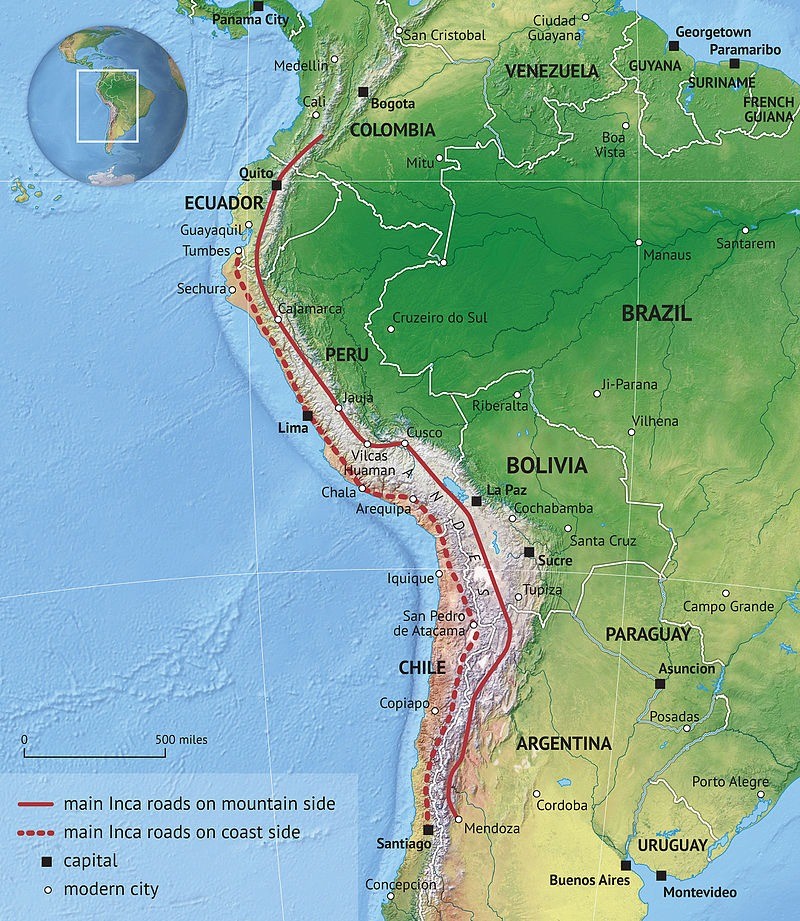
Photo credit: Wikimedia Commons
The Chasquis were selected from a very young age and trained specifically to carry messages, gifts, and most importantly, the quipus. While other runners were allowed to carry messages, only the Chasquis were qualified to carry and interpret the mysterious quipu of the Inca. Meaning knot in Quechua, a quipu is a series of elaborate threads in different lengths, colors, and has knots tied at varying intervals. This represented an intricate accounting system used by the Inca rulers, a code that even modern scholars have yet to crack.
Highly trained Chasquis would wear the quipu around their waist as a belt, which was light and kept their hands free while running. They passed it onto the next runner upon reaching a relay post, or tampus in Quechua. This system allowed important information to cross hundreds of miles in a matter of days.
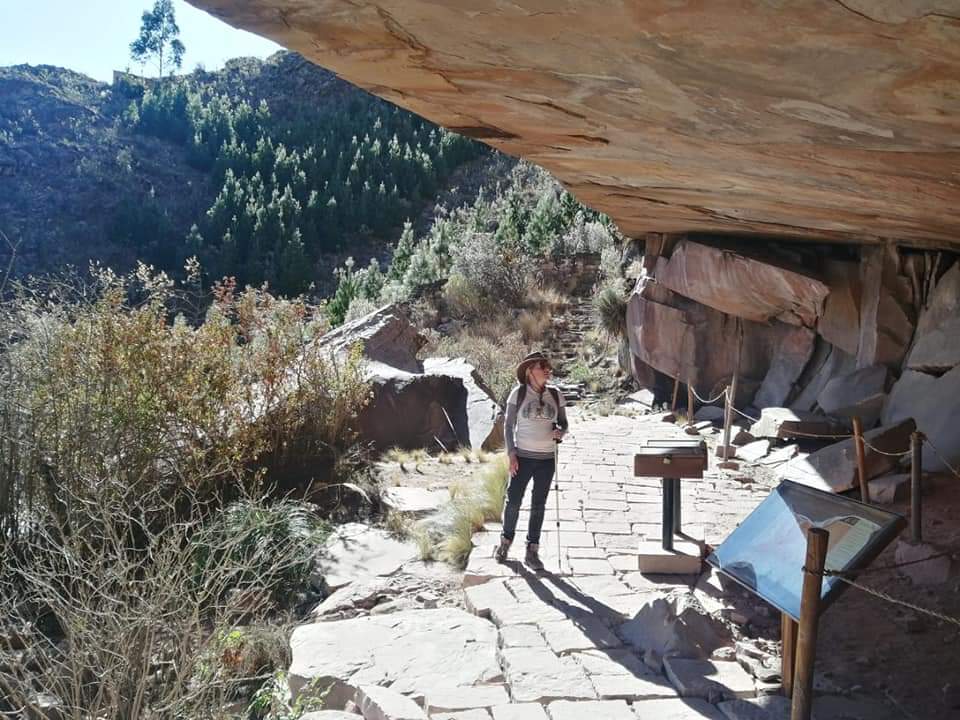

Photo credit: Autumn Spredemann
What it took to go the distance
Chasquis were chosen from reputable families but also had to meet very stringent requirements to qualify as a runner. Being fast simply wasn´t enough. The terrain of the Inca empire crossed incredibly high altitude, dense jungles, and even deserts. Special genetic adaptations were required to make the cut.
Their lung capacity had to be above average, since much of the Inca road network existed at high altitude, including the capital city of Cusco (11,150 feet / 3,399 meters).
Other requisite traits included having a wide toe profile for better stability on unpaved sections of the roads. You also had to be a good swimmer since river crossings were a possibility.
A Chasqui had to be able to endure long stretches without food or water. During the time of the Inca, they were among the few allowed to chew the sacred coca leaf, a mild stimulant still popular in the Andes today.
The greatest solo run in human history
Even after the collapse of the Inca empire in the 1530s, the tradition of using Chasquis continued during the Spanish occupation and later. The messengers had extensive knowledge of the Qapac Ñan, or Inca royal roads, which included important shortcuts and supply stations.
The last known message delivered by a Chasqui was in the late 19th century in Bolivia. In 1879, a famous runner named Gregorio Colque ran from the port city of Antofagasta to La Paz (221 miles / 357 km). His mission was to warn the president that Chile was invading Bolivia and that war had been declared.
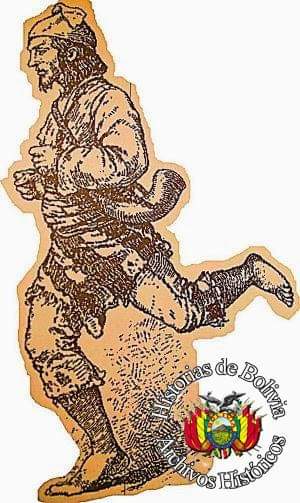

Unlike the messengers who came before him, Colque had to cover the entire distance alone. There was no one to relieve him at any of the relay posts. He crossed some of the highest altitudes in the Andes, and also the driest desert on earth (Atacama). Using the secret knowledge of the Qapac Ñan, he was able to arrive at the door of the presidential palace in La Paz in only 6 days.
This feat has gone unmatched by any other solo runner in human history.
Traces of their legacy still exists
Despite more than a century passing since the last of the Chasquis left footprints in the dust, their influence can still be felt while hiking sections of the old Inca roads. Some museums in South America have preserved quipus on display, which offers a precious glimpse into a culture of die-hard runners from a lost empire.
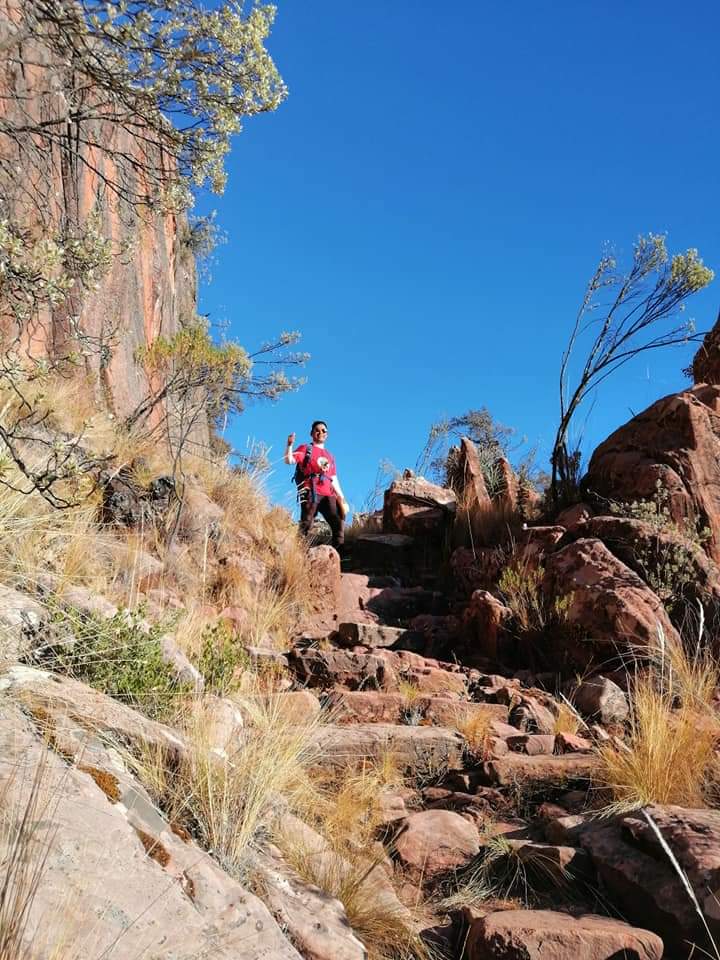

Photo credit: Autumn Spredemann

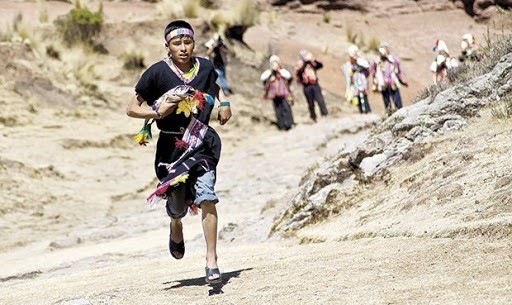


Comments are closed.